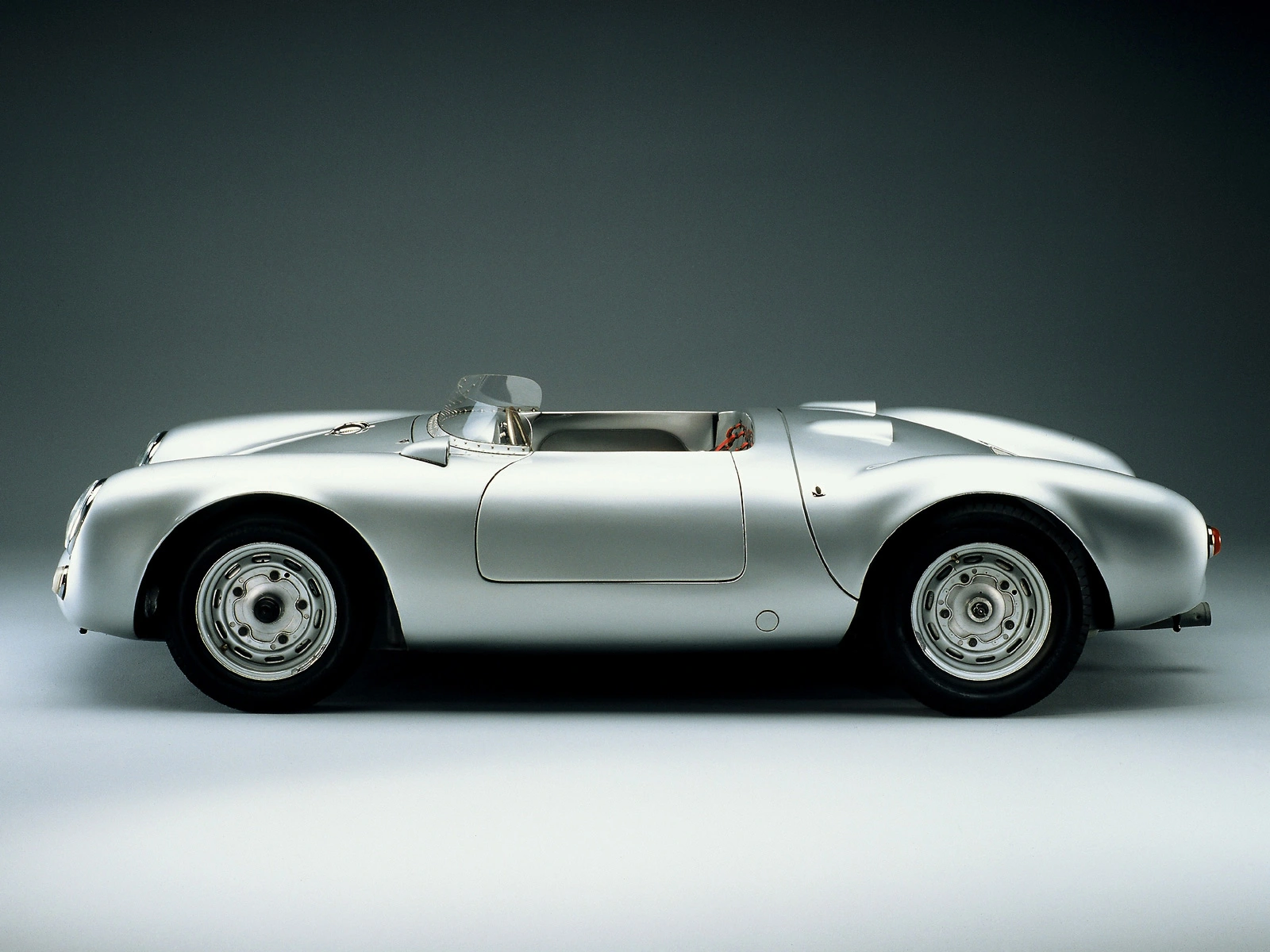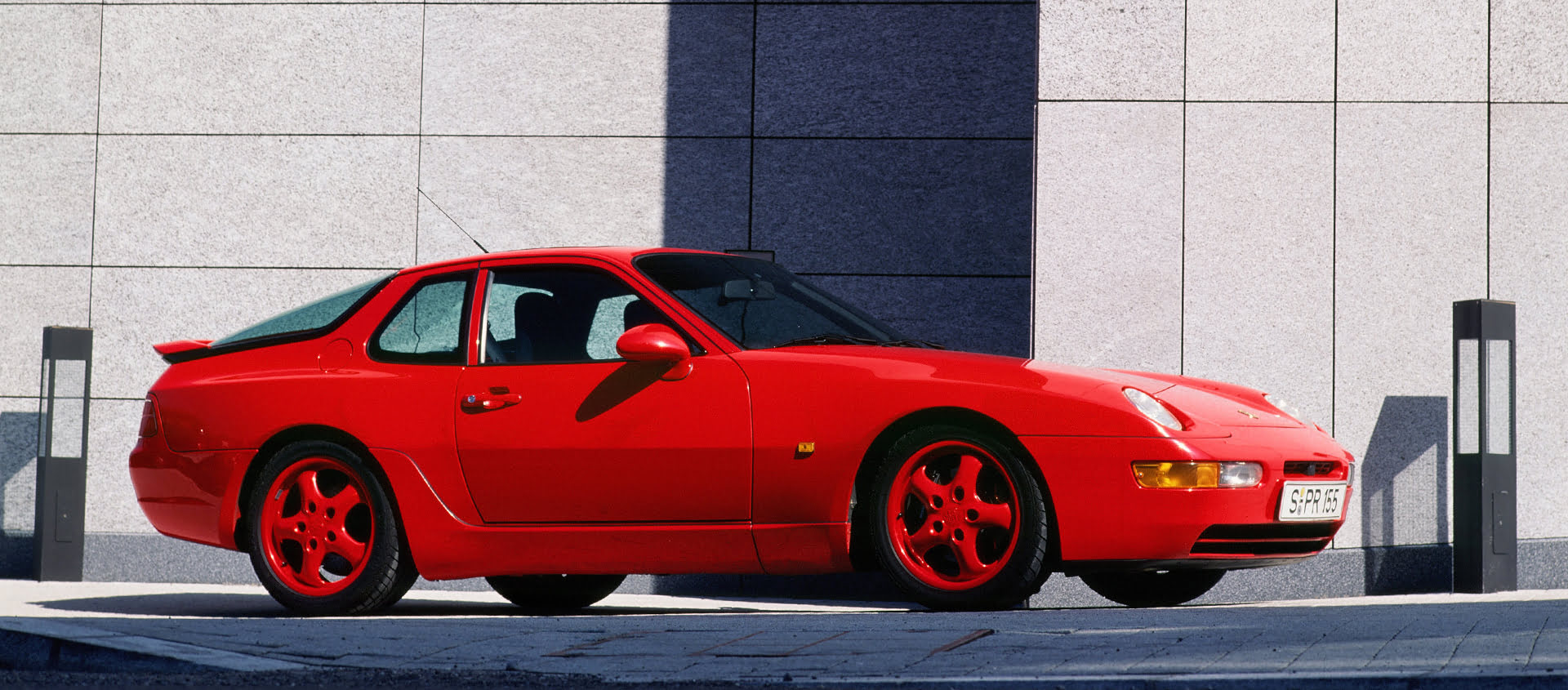Porsche 550. The Giant Killer
11 November 2023 2 min read 5 images

Photo credit: Porsche, Wheelsage
Who. Ferdinand Porsche, the extraordinary creator of pre-war racing cars such as the Auto Union Grand Prix, and the mind behind the popular “Beetle” designed by the German regime, along with his son Ferry (Ferdinand Anton), are the masterminds and creators of this small but unbeatable sports car from the 1950s.
Register to unlock this article
Signing up is free and gives you access to hundreds of articles and additional benefits. See what’s included in your free membership. See what's included in your free membership.
Already have an account? Log In



